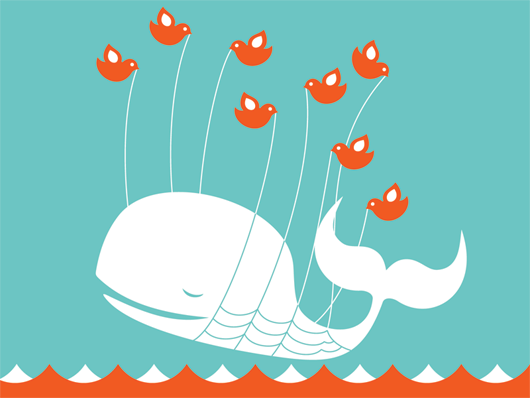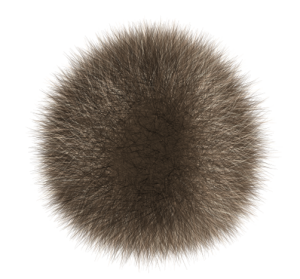A Whale of a Time 1 - serendipity and science

The blue whale was bought by the Museum in 1891 for a mere £250. The animal itself became beached off the coast of Wexford in Ireland. It went on display in the mammal hall in 1935 where it remained until the dismantling began in September 2015. All the bones are now down from the ceiling and being prepared by conservators. The plan is to remount the skeleton in the main hall by January 2017.
I also came to the Museum from Ireland, though I wasn’t bought for £250 and I didn’t beach myself! I arrived in the summer of 2015 as the first mammal Researcher to be based at the Museum in decades (the Museum has a great team of curators in mammals but no-one employed to do research). My mammalogy expertise is admittedly a bit patchy! I’ve used various groups as study systems for macroevolutionary and macroecological projects, but I’ve also worked on birds, amphibians, humans and parasites, so I rarely class myself as a mammalogist. However, the chance to work on the biggest animal ever to have lived on Earth was too good to miss.
I was tasked with coming up with a list of exciting research questions that we could tackle using the blue whale while it was down from the ceiling. I employed my usual tactic when I don’t know much about something - I asked Twitter! People came up with a range of extremely cool ideas, and these formed the basis of a number of collaborative projects on topics including hearing, development, echolocation, biomechanics, filter feeding, and pretty much every aspect of cetacean ecology and evolution.

I sometimes think the best ideas I’ve come up with for research projects have been serendipitous rather than planned logical extensions of my previous work. This may be partly because of the way I do my research. My work is mostly computer based so it’s quite easy to get into a completely different system using analytical tools I am already familiar with. I’m also a bit of a science magpie, constantly distracted by cool ideas and interesting organisms. However, I wouldn’t have it any other way. I’m really excited to see how all of the potential projects with the whale turn out over the next few years.
I intend to post a series of these blog as work on the cetacean collection progresses under the heading “A Whale of a Time”. Check back for more updates as our various projects move forwards.
Natalie
@nhcooper123
